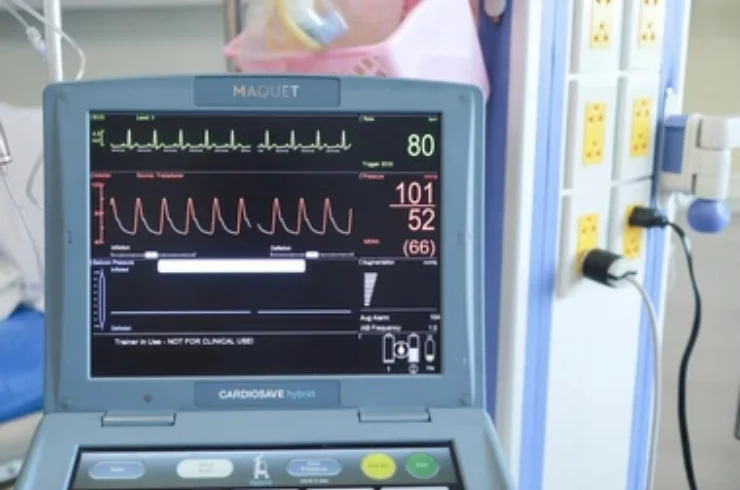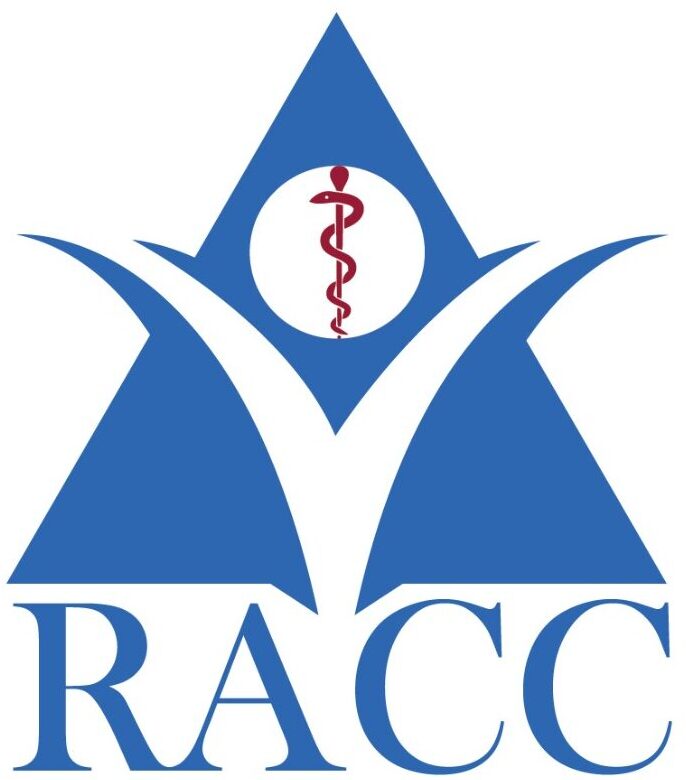
Comprehensive Hemodynamic Monitoring at RACC ICU
Hemodynamic monitoring is a vital component of critical care, providing real-time insights into a patient’s cardiovascular system and overall circulatory function. At RACC ICU, we offer advanced hemodynamic monitoring to assess blood pressure, heart rate, cardiac output, and other key parameters. This enables our medical team to make informed decisions regarding the management of critically ill patients, particularly those with conditions such as shock, sepsis, heart failure, and post-surgical complications. By continuously tracking these vital metrics, we ensure that patients receive precise, timely interventions that can improve outcomes and minimize the risk of complications.
Real-Time Monitoring for Cardiovascular Stability
Our facility is equipped with cutting-edge technology to measure and track the patient’s hemodynamic status. We use invasive and non-invasive techniques, such as arterial catheters, central venous pressure monitoring, and non-invasive blood pressure monitoring, to assess key cardiovascular indicators. By continuously monitoring parameters like heart rate, blood pressure, oxygen levels, and fluid balance, we can promptly identify early signs of deterioration and intervene as needed. This real-time data is essential for managing complex cases, including those with unstable cardiac conditions or critical blood volume loss, ensuring a rapid response to maintain cardiovascular stability.
Tailored Care Based on Hemodynamic Insights
At RACC ICU, hemodynamic monitoring is integrated into our patient care approach, allowing us to deliver individualized treatment plans. We understand that every patient is unique, and our team utilizes the data provided by hemodynamic monitoring to customize therapies, adjust medications, and manage fluids more effectively. Whether it’s optimizing the use of vasopressors to support blood pressure or managing fluid resuscitation in shock, our team uses detailed hemodynamic information to guide every aspect of patient care. This patient-centered approach helps us address underlying causes, improve recovery rates, and enhance the overall quality of care provided during critical moments.


